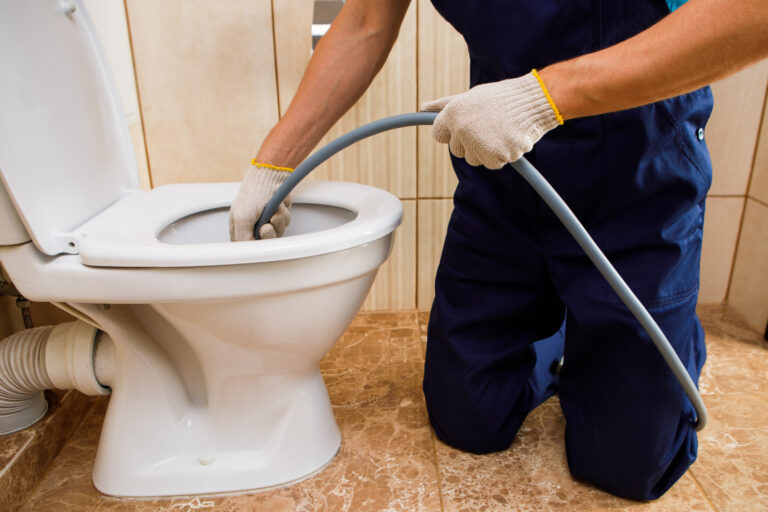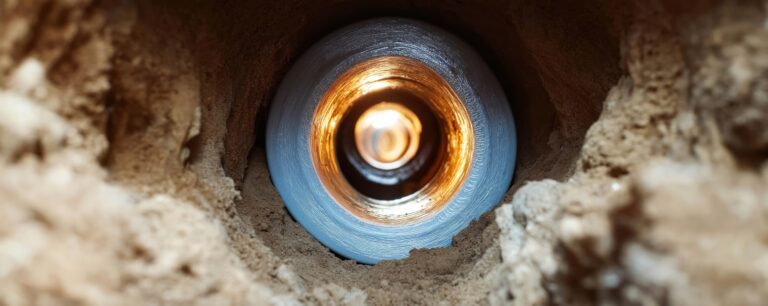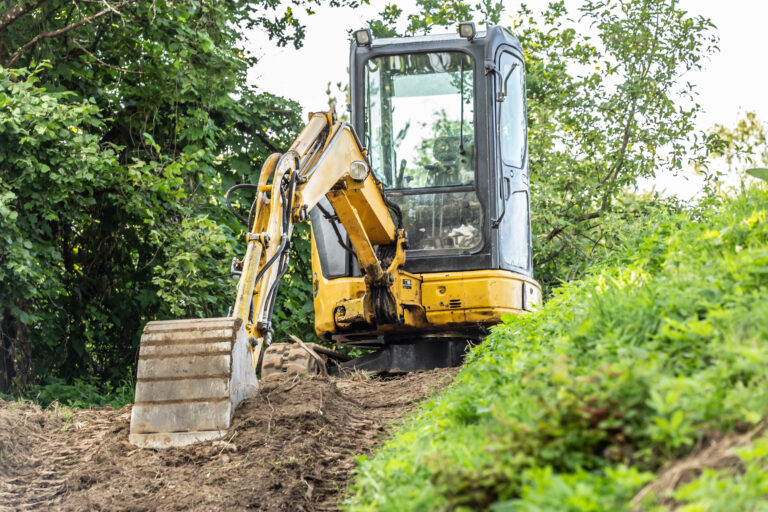A blocked toilet can be a frustrating and unpleasant experience. Fortunately, with a few simple steps and basic tools, you can often resolve the issue yourself without the need to call a drainage engineer. In this comprehensive guide, we will walk you through the process of unblocking a toilet safely and effectively. From identifying the cause of the blockage to using various techniques and tools, you’ll gain the knowledge and confidence to tackle this common household problem.
- Assess the Situation: Before you begin the unclogging process, it’s essential to assess the severity of the blockage. Is the water level high? Is it slowly draining or completely stagnant? This assessment will help determine the best course of action. If the water level is close to overflowing, locate the water shut-off valve behind the toilet and turn it off to prevent any potential flooding.
- Gather Necessary Tools: To effectively unblock a toilet, you will need a few tools on hand. These include:
- Plunger: A plunger is a vital tool for creating suction and dislodging the toilet blockage.
- Rubber gloves: Wearing rubber gloves will protect your hands from potential bacteria and unpleasant odours.
- Toilet auger: Also known as a toilet snake, this tool can help reach deeper blockages if the plunger is unsuccessful.
- Bucket: It is useful for removing excess water from the toilet bowl if necessary.
- Old towels or rags: These can be handy for cleaning up any spills or splashes.
- Use a Plunger: A plunger is often the first tool to try when unblocking a toilet. Follow these steps:
- Ensure the plunger’s rubber cup is submerged in water to maintain a good seal.
- Position the plunger over the toilet drain and push down gently.
- Create a firm seal by pressing the plunger firmly against the drain opening.
- Begin plunging vigorously, using an up-and-down motion.
- Maintain the seal and continue plunging until the water starts to drain or bubbles up.
- If the water drains, flush the toilet to see if the blockage has cleared. If not, repeat the process or move on to the next step.
- Use a Toilet Auger: If the plunger doesn’t resolve the blockage, a toilet auger can be a useful tool for more stubborn clogs. Follow these steps:
- Insert the auger’s flexible cable into the toilet bowl, guiding it down into the drain.
- Rotate the handle clockwise to extend the cable further into the drain.
- Once the cable is fully extended, carefully maneuver it back and forth to break up the blockage.
- Continue rotating and pushing the cable until you feel the resistance subside.
- Slowly retract the cable while maintaining a firm grip.
- If the blockage has been dislodged, flush the toilet to confirm the clearance. If not, consider repeating the process or seeking professional assistance from a qualified drainage engineer.
- Preventive Measures and Maintenance: To avoid future toilet blockages, consider implementing preventive measures:
- Regular maintenance: Perform routine checks and maintenance to catch any small blockages before they become major issues. Use enzyme-based cleaners periodically to break down potential buildup.
- Use only toilet-friendly materials: Ensure that only toilet paper is flushed down the toilet, and avoid disposing of sanitary products, wipes, or excessive amounts of tissue.
- Educate household members: Teach everyone in your household about proper toilet usage and what can and cannot be flushed.
- Seek professional help: If the blockage persists despite your efforts, or if you suspect a more significant underlying issue, it’s wise to contact a professional drainage engineer to assess and resolve the problem




